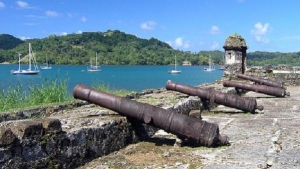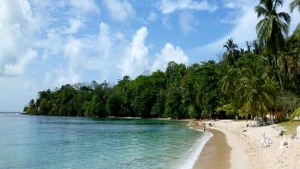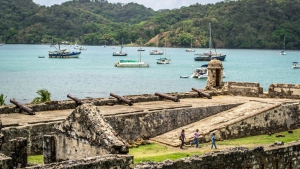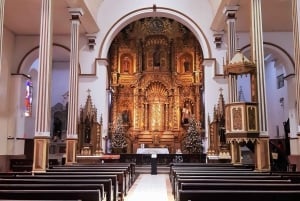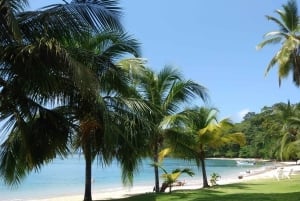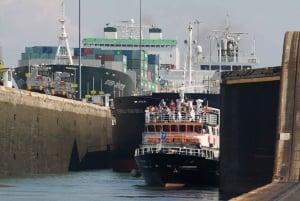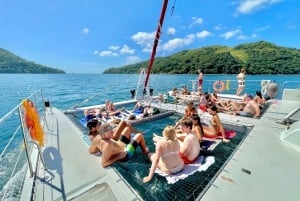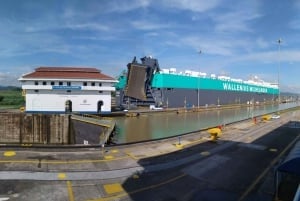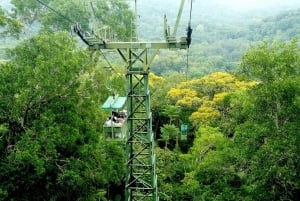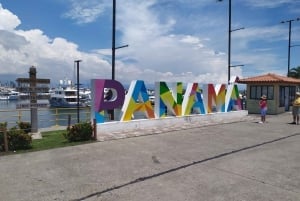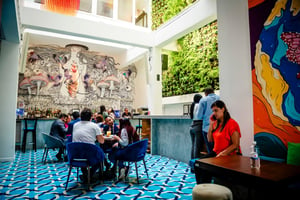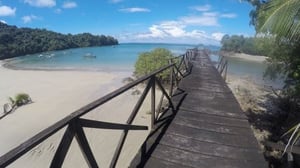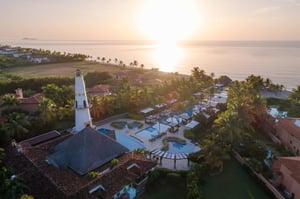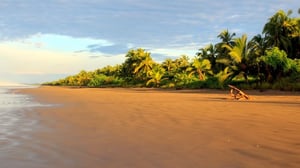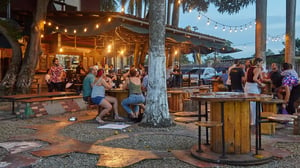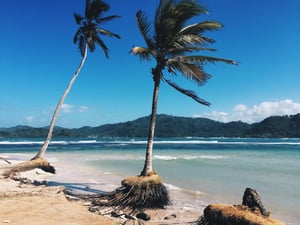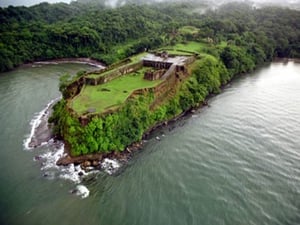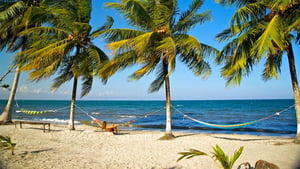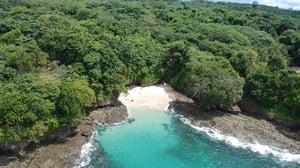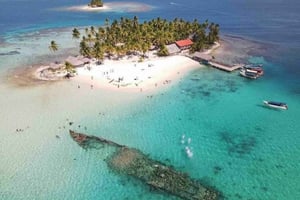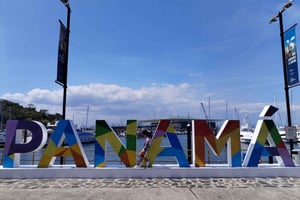The resurrection of the other Portobelo
Panama seeks to recover one of the most important ports of the eighteenth century with an investment of 46 million euros to rehabilitate the old fortresses
Book Top Experiences and Tours in Panama:
If youʻre booking your trip to Panama last minute, we have you covered. Below are some of the top tours and experiences!- Panama City: Half-Day City Tour Canal Entry & BioMuseo Park
- Panama City: Isla Grande Beach and Portobelo Private Tour
- From Panama City: El Valle de Anton Private Full-Day Tour
- Panama: Guided Northbound Panama Canal Cruise
- Panama: Taboga Island Catamaran Cruise with Lunch & Open Bar
Portobelo is today a small and retired town of just over four thousand inhabitants which is reached by a two-lane road that runs along the Caribbean coast of Panama, far from the commercial frenzy of neighboring Colón or the exuberance of the Financial zone of Panama City.
However, it is enough to enter the Bay of Portobelo on the transisthmian road to find yourself face to face with one of the most spectacular and varied defensive complexes of the Spanish empire, which includes medieval castles from the 16th century, to bastioned fortresses from the late 18th century .
According to Wilhelm Franqueza, former director of Historical Heritage of Panama and current head of conservation of Portobelo, the new development plan will allow investing some 46 million euros over the next four years with the aim of repairing the strengths, clearing the brush that covers many of its walls and close gaps trying as much as possible to use materials of the time. "The worst enemy of the restorer is water, especially in a country like Panama with one of the most intense rainfall regimes in America."
Portobelo enters very early in the history of the Spanish expansion in America, specifically on November 2, 1502, when Christopher Columbus made a base in the bay during his fourth and last trip to America and highlighted in his diary his qualities as a natural port. Less than a century later, Portobelo replaces the neighboring Nombre de Dios as the main Spanish port in Central America, the place where every year the Indian fleet arrives loaded with products from Seville and from where it starts with gold, silver and other matters sent from the viceroyalty of Peru through the Isthmus of Panama in what was, according to the testimonies of the time, one of the largest fairs in the world, which lasted several weeks and called thousands of people.
But being a source of such wealth also made Portobelo the target of the main pirates of the time. Each of the forts surrounding Portobelo was the protagonist of one of these battles.
Right at the entrance to the bay is the Fort of San Felipe, Todofierro, named for the numerous fire hydrants available, and that when it was still under construction had to repel in 1596 an attack organized by Francis Drake in which It was his last expedition to the Spanish Caribbean.
On the other hand the battery-redoubt of San Jerónimo, that protected the mouth of the port, and the castle of Santiago the glory, located right in front of Todofierro, to the other side of the bay, they could not prevent the capture of the city by the English pirate Henry Morgan in 1668. But the most devastating assault was the one organized during the War of the Seat, in 1739, by Admiral Edward Vernon, the same one that two years later would be defeated before the Cartagena de Indias defended by Blas de Lezo.
The Panamanian Government wants to put an end to the deterioration by means of this program of investments put in march and that also includes the civil architecture of the city like the Real Accounting Office or Customs, one of the oldest governmental buildings of Central America (1630); or Calle Real and Calle de la Merced, the oldest ones in Portobelo, whose cobblestone will be restored. The objective of all these measures is to make the bay accessible to cruise tourism that for several years has become an important source of wealth for Central America and the Caribbean and ensure through these resources the sustainability of the site.



